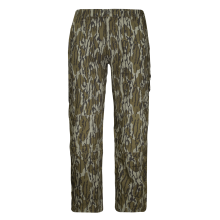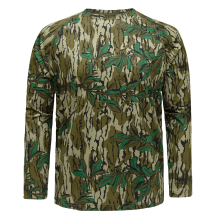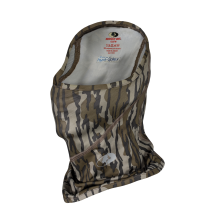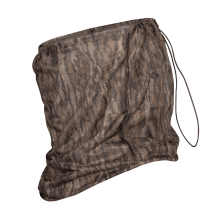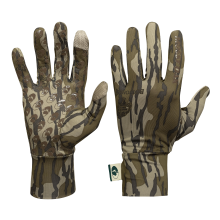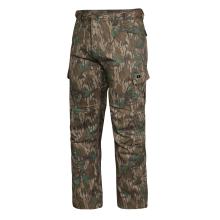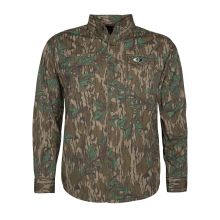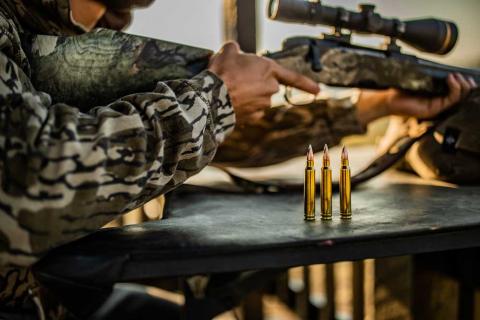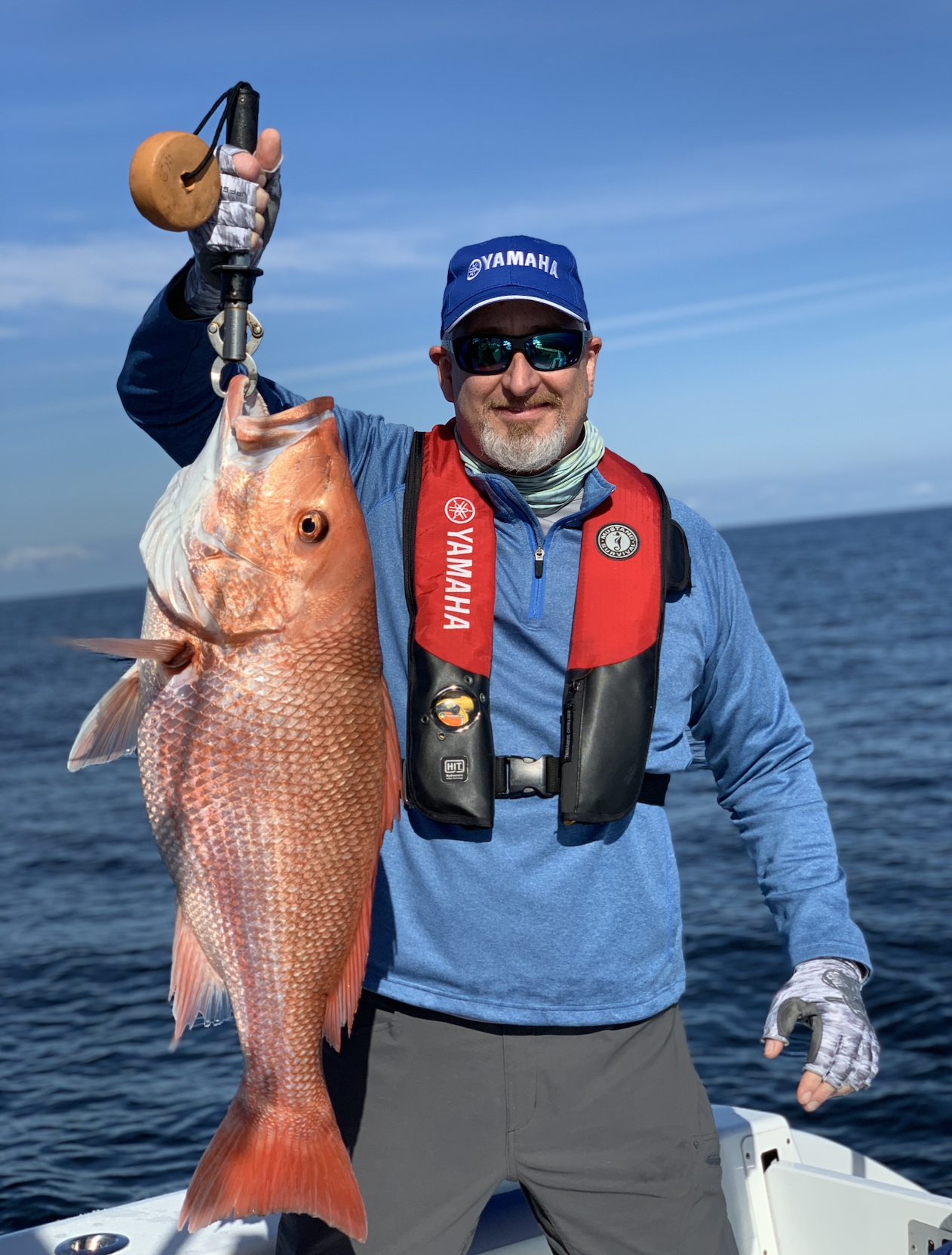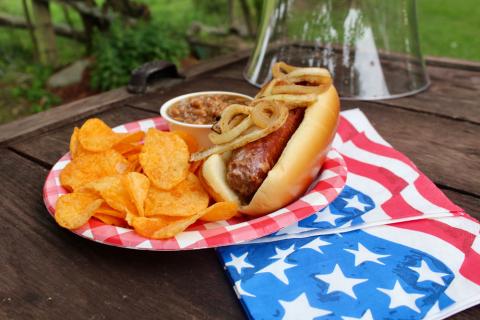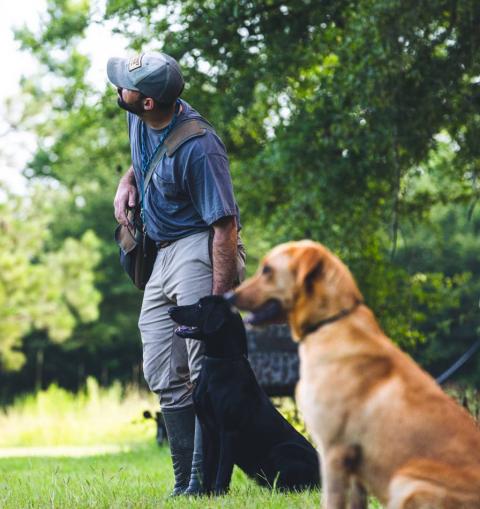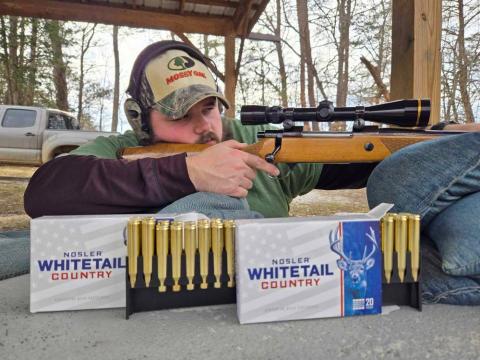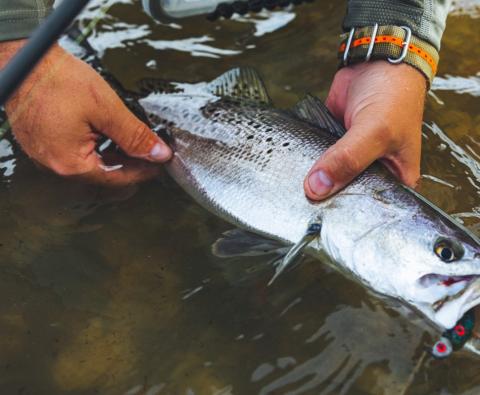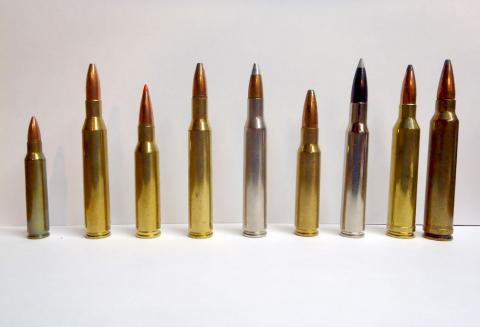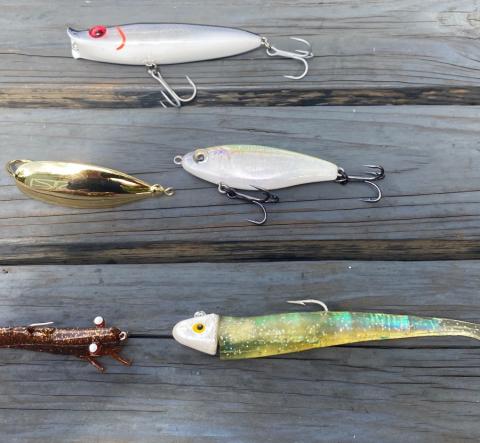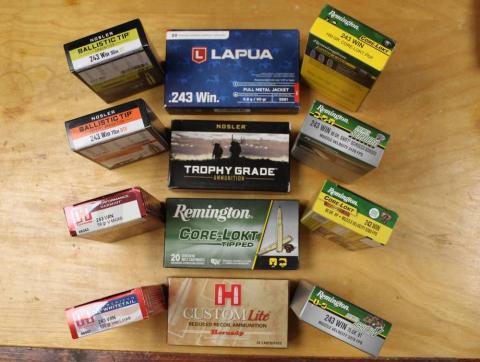Mark Fike

It is summer, but hunting season is not far off. Keep those shooting skills sharp and make a farmer or gardener happy by hunting whistle pigs!
Whistle pigs, aka groundhogs, are a common sight along highways, in farm fields, and unfortunately in gardens and backyard flower beds. These varmints readily adapt to living in close proximity to humans and quickly learn when danger lurks nearby.
Growing up in Virginia we always had a garden. That also meant that each summer Dad and I would be on the lookout for groundhogs thieving our vegetables. I enjoyed taking out the groundhogs.
Later, after doing a tour in the Marine Corps, I got married and settled down and started looking for places to hunt where we made our home. In our area, hunting land is tough to come by, but I found out that trading farmers or property owners my services as a whistle pig exterminator was a good business to be in during the summer so I could hunt game on those same lands in the fall. Hunting whistle pigs kept my shooting skills sharp during the offseason and I also kept an edge on my stalking skills.
It could be argued that there are two distinct methods of taking out groundhogs. One is with a high-powered rifle at long ranges. Certainly, there is a lot of skill and possibly some pride in being able to knock over a varmint at a distance of hundreds of yards on a hot summer day.
My preferred method, and the one that gets me through the gate to some hunting land, is to hunt them with smaller caliber rifles such as .22 rimfire or even a .17HMR. I find that there are a lot of landowners that own smaller properties ripe with game, but also ripe with a groundhog population and problems with vegetables being eaten. I also find that many farmers that have issues with whistle pigs have places in their fields where the animals are not easily seen until you are within 100 yards or perhaps the pests are close to buildings, around cattle or horses or near roads. Using a rimfire rifle in such situations is ideal. The noise level is lower, the cost of the ammunition is definitely lower and with a little bit more patience and skill, the job gets done quickly.
Where to Look
Groundhogs like living along field edges. That is not to say they won’t dig a burrow in the middle of a soybean field. They most definitely will! But, given the choice of digging under a fallen tree stump or into a hillside next to a field or the middle of the field where Farmer John’s tractor rolls by several times a year, they will opt for the former.
Many times, my discussions with the property owner or farmer will immediately identify where the animals are coming out. However, I always do a little scouting too. Often groundhogs have two entrances to their den and sometimes one entrance is easier to approach than the other. I like using field edges because I can use a portable stand to go up a tree to look down into the field if the crops are grown quite a bit and I can also look into the woods and not be easily seen.
Walking the property will often expose a tell tale beaten down trail where whistle pigs has dragged their bellies repeatedly along. Look for piles of fresh dug dirt. These varmints often freshen up the entrance to their den when we have rainstorms. The fresh or bare dirt is hard to miss.
The Ambush
As I stated above, using a portable tree stand is a great tactic. However, if you rather not monkey up a tree or carry a stand with you and go mobile, a lightweight stool and some shooting sticks are valuable. The key is to set up where you are partially or fully concealed if at all possible. The whistle pigs don’t have great eyesight, but they can see movement quite well. Don’t skyline yourself when setting up. Some trees or bushes behind you are ideal.
With prescouting, you can determine safe zones of fire and look around for outbuildings, nearby houses or roads or trails where people may be and then take note of where the sun will be rising and setting. You do not want to be peering through a scope with the sun bearing down into it. Set up where that is not going to affect your sight picture. I prefer to hunt the first and last few hours of the day. The groundhogs will come out at midday, but an hour after sunrise until just before lunch and then from around supper until an hour before sunset are the best times to catch these varmints out and about.
Firearm Choices
As stated previously, high powered rifles are excellent tools for taking down groundhogs, particularly the smaller, flat shooting calibers such as the .223 or 5.56 to include those on an AR type platform, .22-250 or others. Those obviously would be scoped rifles sighted in for the appropriate yardage and some testing at other ranges to determine hold over or under as necessary.
However, for shorter range, smaller acreage work, or for some surgical shooting around outbuildings, livestock and so on, a rimfire rifle is ideal. I am old school and love a .22 LR rimfire with a nice 3-9x scope on it. That set up sighted in at 75 yards is deadly to just over 100 yards in capable hands. A little practice on the range is all that is needed. However, a .17 caliber or .22 magnum with a 3-9x scope or even a scope with a higher top end power is going to be deadly at even longer ranges, possibly out to 200 yards. Those little .17 caliber bullets are very destructive and can humanely handle even a large whistle pig at longer ranges. Keep in mind that the bullets will fragment on impact so take care shooting near hard surfaces such as gravel roads. Large objective scopes will be better for seeing and placing shots. Shots on a groundhog can be humanely taken behind the shoulder or of course the head. I prefer head shots as the animal is less likely to suffer and wander off. While I am no fan of groundhogs, I still think it is best to dispatch them humanely.
This summer, get the small caliber rifles out, go knock on a few doors of friends or family or network at church, the feedstore or gunshop to find some landowners or farmers with a whistle pig problem. You will enjoy your time afield and you can come and go as you need to without having to take off work to have your fun.
Eat a whistle pig?
If you get the right one, ABSOLUTELY!
Keep in mind that these critters eat some of the best vegetables out there. The meat from a younger groundhog is quite good and has a roast beef like flavor as the meat is dark meat.
Select only a young whistle pig to try. The old ones are too tough. Skin the animal down as you would a rabbit or squirrel. I admit, the skinning of a groundhog is going to be tougher than a rabbit, but with a sharp knife it is quickly taken care of.
Remove the four legs. If you wish you can remove the backstraps. The rest is good coyote bait.
Slow Cooker Method
Season the four legs with your favorite venison seasoning. I have also used the same rub I would put on a beef brisket with excellent results. My family also enjoys it when I marinade the legs with olive oil and Creole seasoning overnight and then cook.
Place the four legs in a slow cooker in the morning before you head out the door. Put at least one cup of water in the slow cooker. Put the setting on low. When you get home the meat will pull easily from the bones.
BBQ Method
I use the slow cooker but only season with kosher salt, a little brown sugar and some cracked pepper. Following the above method I pull the meat when I arrive home from work and strip it from the bones and shred it up. Then I put my favorite BBQ sauce on the meat and place it back in the slow cooker for another hour or so.






